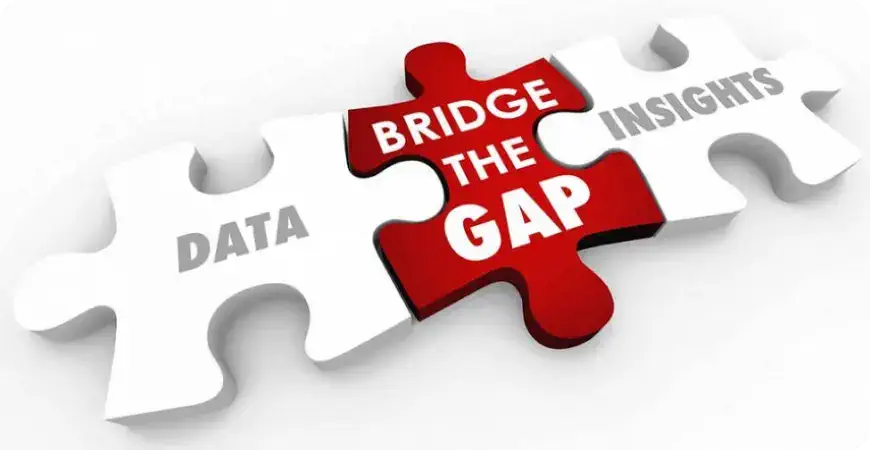Data gathering has undergone a veritable revolution with the rise of accessible technologies. If you’ve been watching this space for any length of time, you’ll be aware that the popularity of online surveys has skyrocketed in recent years– they’re quick and relatively inexpensive to set up, and you can complete large scale research in next to no time.
But don’t be fooled – all this convenience and affordability comes at a price. You’re trading greater accessibility and scope for the quality, accuracy and legitimacy of the insights you collect.
And that’s a problem because bricks and mortar stores must now rely on insights about customer experience to differentiate them from their (often cheaper)online competitors.
Can you trust your data?
Digital survey platforms make it easier than ever for brands to connect with their customers and ostensibly find out who they are, what they buy, and why.
However, there’s often a world of difference between the kind of data you receive from consumer-completed surveys like those we regularly receive online or via point-of-sale methods and interviewer-led, face-to-face intercepts.
For instance, when using a Net Promoter Score (NPS)to measure customer loyalty by correlating customer experience metrics with revenue growth, we know that how you capture the data affects your NPS. Interviewer-led surveys invariably obtain a higher NPS score than self-completed surveys.
Online surveys open up your data to other problems too – such as:
- Sampling bias – where customers who feel strongly for oragainst your brand are more likely to fill out a questionnaire and provide detailed feedback, making your data unrepresentative of what most believe.
- Professional respondents – those who take surveys regularly may become attuned to what a brand wants to hear, skewing the data. This is particularly problematic when you offer a reward for filling out a survey
- Irrelevancy– customers may choose to address areas of your business you’re not as interested in, such as customer service over product quality.
- Self-identity bias – Direct measures of normative consumer behaviour can yield highly biased responses as respondents can reframe the question of“what I do” as “what I am.” There is no way of determining, however, whether the respondent is self-aware – the consumer’s self-view might not represent their actual self.
- Social desirability & conformity – Self-report data can fall prey to the problem of social desirability – rather than report actual behaviour a respondent might answer in a way they perceive as more socially acceptable.
One of the keys to making sense of all of the data is to sort the background noise from the core responses that will help you improve your business. The trick is to distinguish between what consumers say they do versus what they actually do.
And the methodology you use can make or break whether you’re successful in achieving your objective – to collect actionable insights drawn from accurate data.
Why Face to Face is still the gold standard.
It’s impossible to get the same level of insight, accuracy and recall from an online panel that you can when you physically interview customers as they leave your store.
Face-to-face data collection is the most robust way to ensure the data you collect is ‘actual’ as opposed to ‘claimed.’ It’s the only way you can be sure the information you collect about your products, store layout, customer experience and brand expectations is accurate.
Actions speak the truth. Only by observing consumers in real-life contexts and professionally assessing all their non-verbal cues and triggers can market researchers get close to that truth.
Getting a holistic snapshot of what’s happening in store means combining intercept data with store observations and audits, recording traffic flow at regular intervals, summary counting behaviours and shopping habits.
Yes, online surveys might be cheaper and quicker to undertake – but what are you really buying? Even the most extensive data set is useless if it doesn’t give you accurate information you can action to improve your business.
Business owners and managers simply can’t afford to base crucial business decisions on non-truths (or even half-truths). Using the right tools, methodology and an agency that can tailor a research strategy to meet your exact needs is the only way to get reliable insights into consumer experience you can trust.


